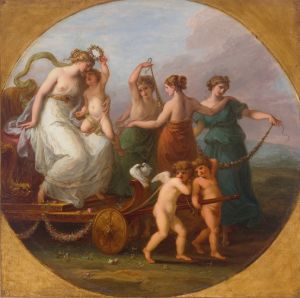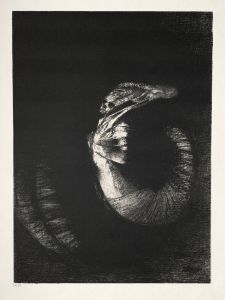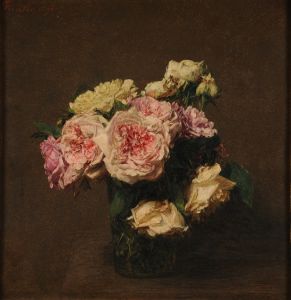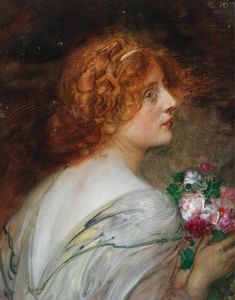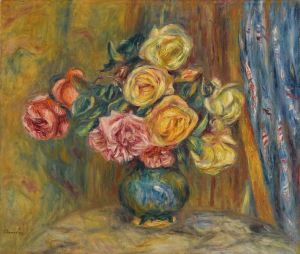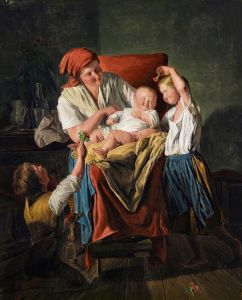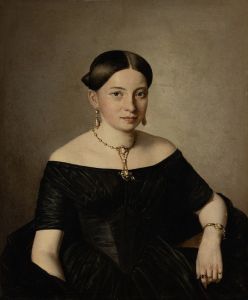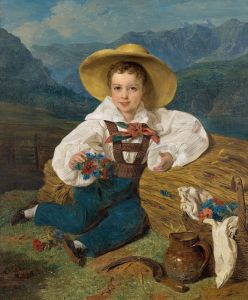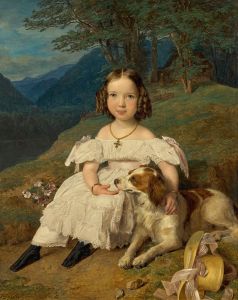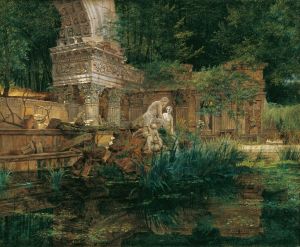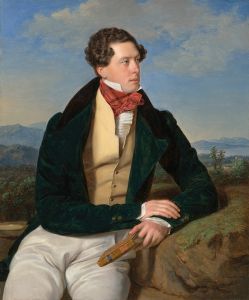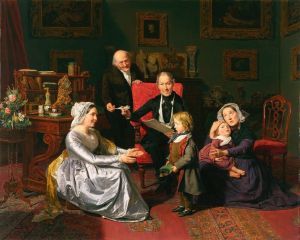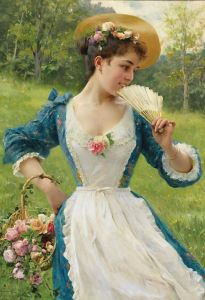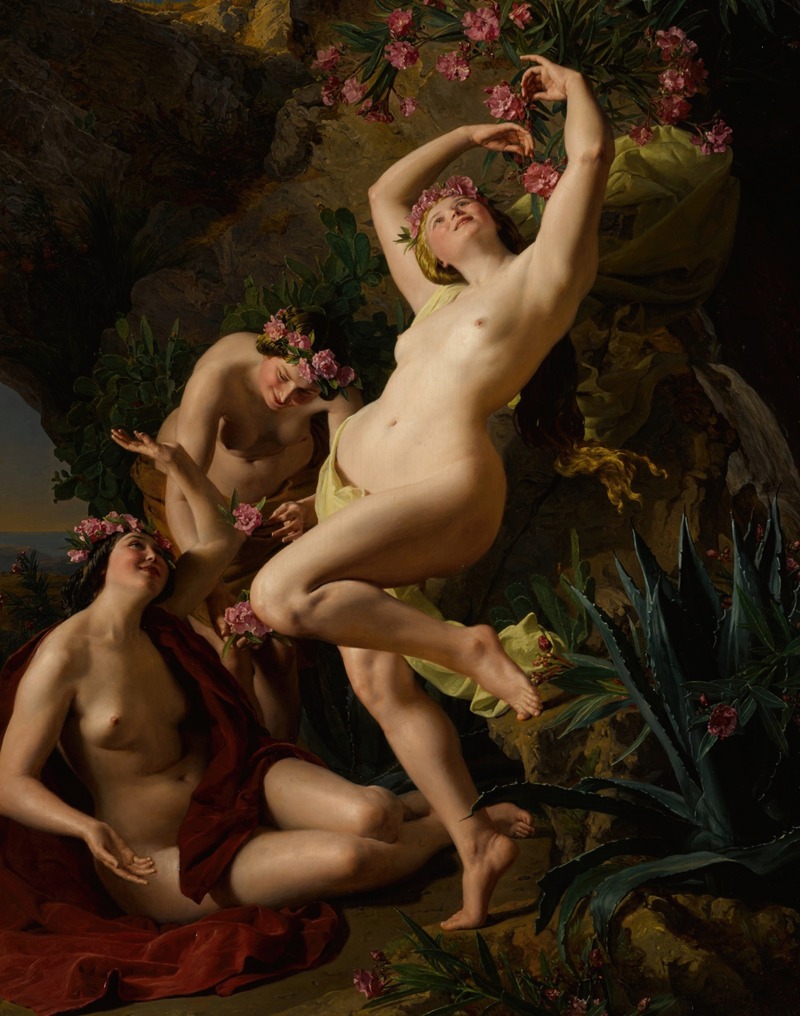
Three Graces garlanded with roses
A hand-painted replica of Ferdinand Georg Waldmüller’s masterpiece Three Graces garlanded with roses, meticulously crafted by professional artists to capture the true essence of the original. Each piece is created with museum-quality canvas and rare mineral pigments, carefully painted by experienced artists with delicate brushstrokes and rich, layered colors to perfectly recreate the texture of the original artwork. Unlike machine-printed reproductions, this hand-painted version brings the painting to life, infused with the artist’s emotions and skill in every stroke. Whether for personal collection or home decoration, it instantly elevates the artistic atmosphere of any space.
Ferdinand Georg Waldmüller (1793–1865) was an Austrian painter renowned for his contributions to the Biedermeier period of art, which emphasized realism and detailed depictions of everyday life. One of his works, Three Graces Garlanded with Roses, exemplifies his skill in portraying human figures and natural elements with precision and sensitivity.
This painting features three female figures, often referred to as the "Three Graces," a motif rooted in classical mythology. The Three Graces—traditionally representing beauty, charm, and creativity—were a popular subject in European art, symbolizing ideals of harmony and elegance. Waldmüller’s interpretation of this theme is notable for its naturalistic approach, aligning with the Biedermeier aesthetic that sought to capture the beauty of the ordinary and the tangible.
In Three Graces Garlanded with Roses, the figures are adorned with roses, a detail that reflects Waldmüller’s meticulous attention to floral elements, a recurring feature in his works. The roses may symbolize love, purity, or transience, themes often associated with floral imagery in 19th-century art. The painting demonstrates Waldmüller’s mastery of light and texture, as seen in the delicate rendering of the roses and the lifelike depiction of the human form.
Waldmüller’s career was marked by his dedication to realism and his ability to blend traditional academic techniques with a focus on naturalism. He was a prominent figure in Austrian art during his lifetime, and his works often depicted rural landscapes, portraits, and genre scenes. His paintings are celebrated for their vibrant colors, intricate details, and the emotional depth conveyed through his subjects.
The exact date of creation for Three Graces Garlanded with Roses is not definitively documented, but it is consistent with Waldmüller’s mature style, which flourished during the mid-19th century. The painting is part of his broader body of work that reflects his interest in both classical themes and the natural world.
Today, Waldmüller is regarded as one of Austria’s most important 19th-century artists. His works are held in various museums and private collections, where they continue to be studied and admired for their technical brilliance and cultural significance. Three Graces Garlanded with Roses remains an example of his ability to merge classical inspiration with the detailed realism characteristic of the Biedermeier period.





